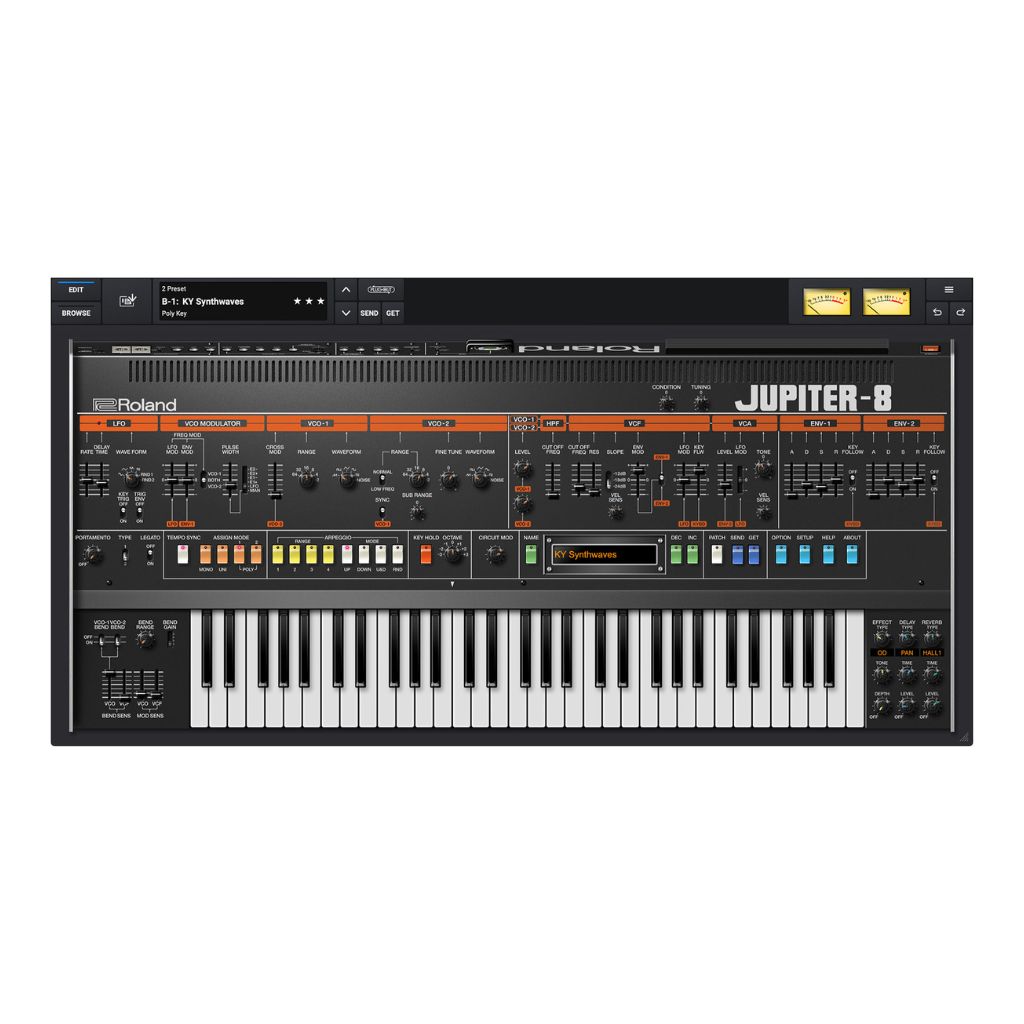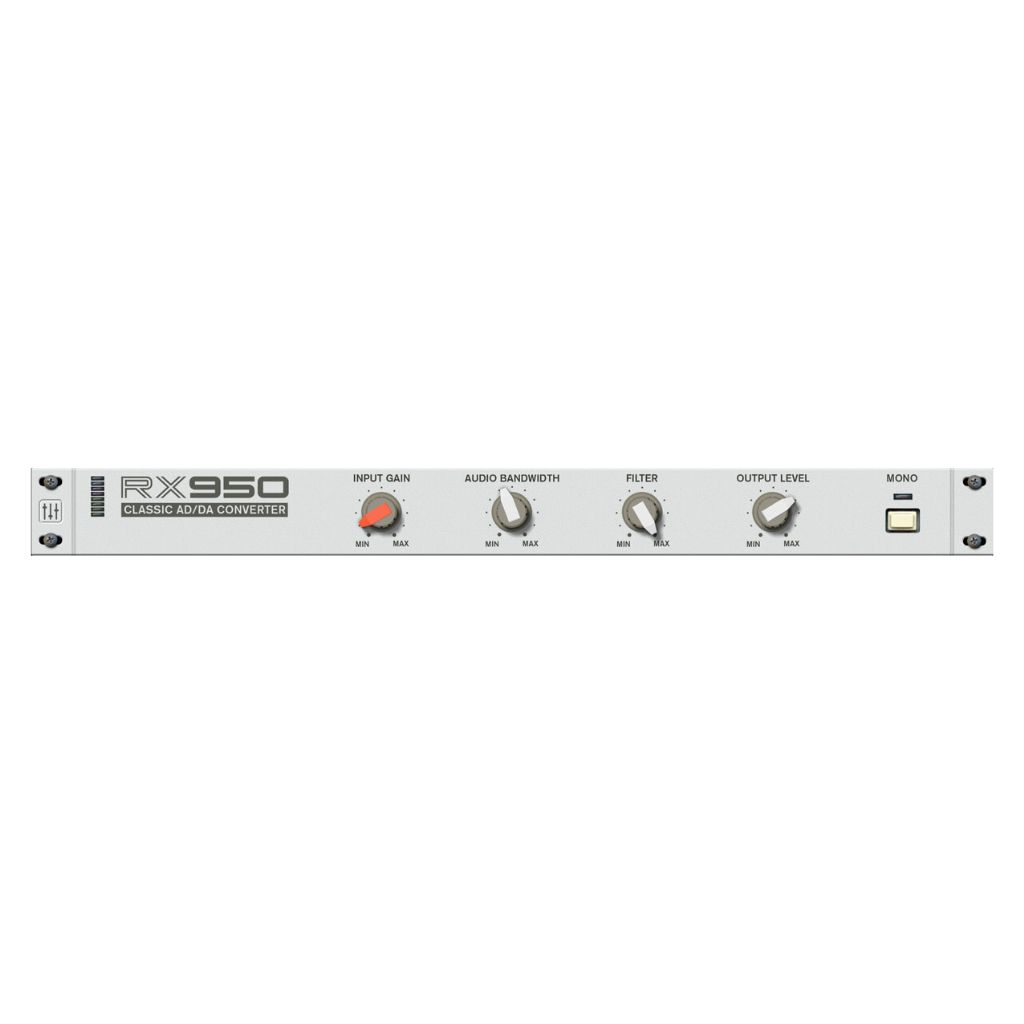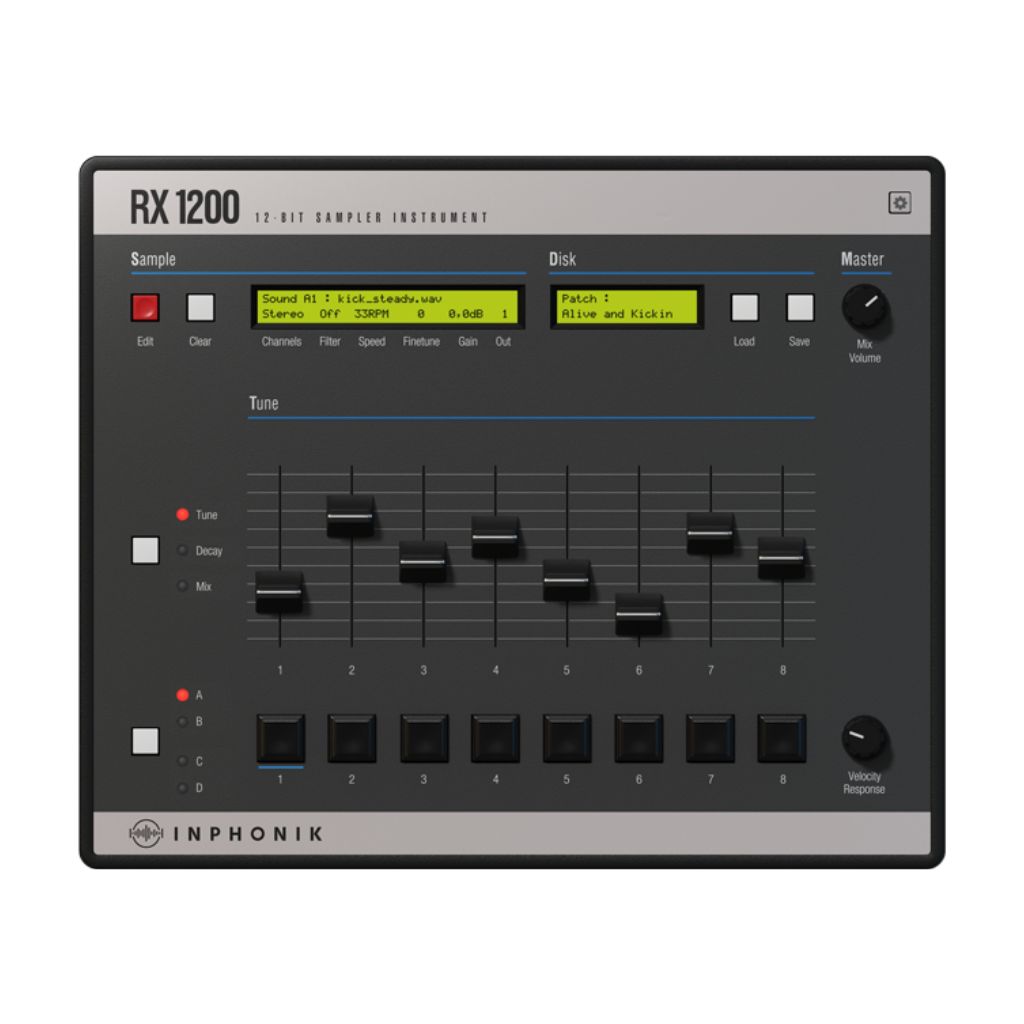How to create Justice-style distorted synths
Liven up your synthesizers with screaming distortion taken straight from Justice’s production playbook.

Gaspard Augé and Xavier de Rosnay of Justice performing in 2017. Image: Frank Hoensch/Redferns via Getty Images
Featured in this article
Justice burst onto the scene in the mid-2000s with a raucous sound that combined sampling, fast and furious edits and plenty of rock ’n’ roll attitude. Now they’re back with a new album, Hyperdrama, and if the advance tracks are anything to go on, we’re in for some classic Justice insanity.
Justice’s tracks are packed with distorted sounds, as on the synth lead in new song, Generator. Distortion is a sure-fire way to add excitement to a track. As Erol Alkan said in Vinyl Me Please in 2022 when talking about Justice’s revered debut album, †, “The idea of machines sounding like they were about to explode seduced our imaginations.”
The key to getting that Justice heat in your productions is to think like a rocker — treat your sounds like guitars, not synths. Think pedals, amps, massive stacks of speakers and plenty of gain, gain, gain.
This mindset can take a plain synth lead from damp:
To incendiary:
Drive the filter
Start by creating a synth lead sound. Generator uses an oscillator sync lead sound, which is suitably rock ’n’ roll — it’s all over new wave classics by The Cars, among others. Any synth with oscillator sync will work, although the one in our example is the Roland Cloud Jupiter-8.
Justice often sample their synths. You can do the same by bouncing out a single note and importing it into your sampler of choice. After setting an appropriate start point and envelope curve, start upping the excitement with the filter drive. It’ll boost the perceived weight of the synth as well as volume. You don’t need to get too wild and crazy as there are plenty more steps to add gain and dirt to come.
Clean up the EQ
It’s a good idea to strap an EQ across the track next to clean up any errant frequencies that may be present. You’re going to be adding a lot of gain and exaggerating the frequency content in the following steps. Any low-end mud will only get muddier and messier. As it’s a rock-type sound, use low and high shelves to restrict the synth lead to mainly mid frequencies. Cutting below 200 or 300Hz is a good benchmark. You can also take a touch off the highs in anticipation of the screamy freqs that are coming down the road.
Get crunchy
RX950 from Inphonik replicates the AD/DA converter in the classic Akai S950 hardware sampler. A touch of digital crunch will add texture to the synth lead. Try increasing the input gain for saturation and turn down the Audio Bandwidth dial to lower the sampling frequency. This is another piece of the Justice distortion puzzle. (And if you don’t think Akai samplers are very rock ’n’ roll, tell that to My Bloody Valentine, who used them all over Loveless.)
Kling to me and I’ll Klon to you
It’s not rock ’n’ roll without guitar pedals. Try running your synth lead through a virtual pedal like Nembrini Audio’s freeware Clon Minataur. A recreation of the Klon Centaur, it adds plenty of overdrive without breaking up the signal or overly colouring it. Remember, the goal is to excite the synth lead, not obliterate it. You may lose some highs so bring them back with the treble knob if necessary. That’s starting to sound pretty gnarly, dude.
Give it some air
Now it’s time to bring out the big guns. Gaspard Augé and Xavier de Rosnay, the two rock stars behind Justice, aren’t flanked on both sides by stacks of Marshall amps during their live shows for no reason. It’s time to witness the power of a fully armed and operational guitar amplifier.
There are many amp modellers available, such as Native Instruments’ Guitar Rig. Load up an instance of the plugin next in line in the track. Choose a matching head and speaker combo of Jump, Native Instruments’ emulation of the classic Marshall JMP. You should be treated to an instant rock tone. Use the controls on the amplifier, particularly the tone and presence knobs, to fine-tune the sound.
Next, on the speaker, play around with the microphone balance until you get a sound that works for your track. Try adding a little air as well. Re-amping synthesizers is an effective way to make them sound bigger than life. Depeche Mode used this trick to get their stadium synth pop sound in the 1980s and it’s a good bet that Justice does too.
Compress to impress
You can’t talk about rock production without mentioning compression. The same goes for Justice, where everything is compressed to within an inch of its life. Compression can also add colour and saturation, so slap a compressor onto the track next. Arturia’s Comp-FET 76 models the UAD 1176 FET compressor. Use its ultra-fast attack to clamp down on transients and really squash the synth sound.
Let’s get reel
The final stage of any classic rock production is going to be reel-to-reel tape, so make that your last port of call. U-he’s Satin does a great job of reproducing the musical saturation of tape. Push the input to overdrive it. Increase the Speed ips (inches per second) knob for a brighter sound.
Bounce and edit
That’s your distorted synth lead all cooked up. Finally, bounce it down to audio and chop it up, interspersing it at opportune moments throughout the song to create interest (and a little chaos, naturally) in the best Justice tradition.


